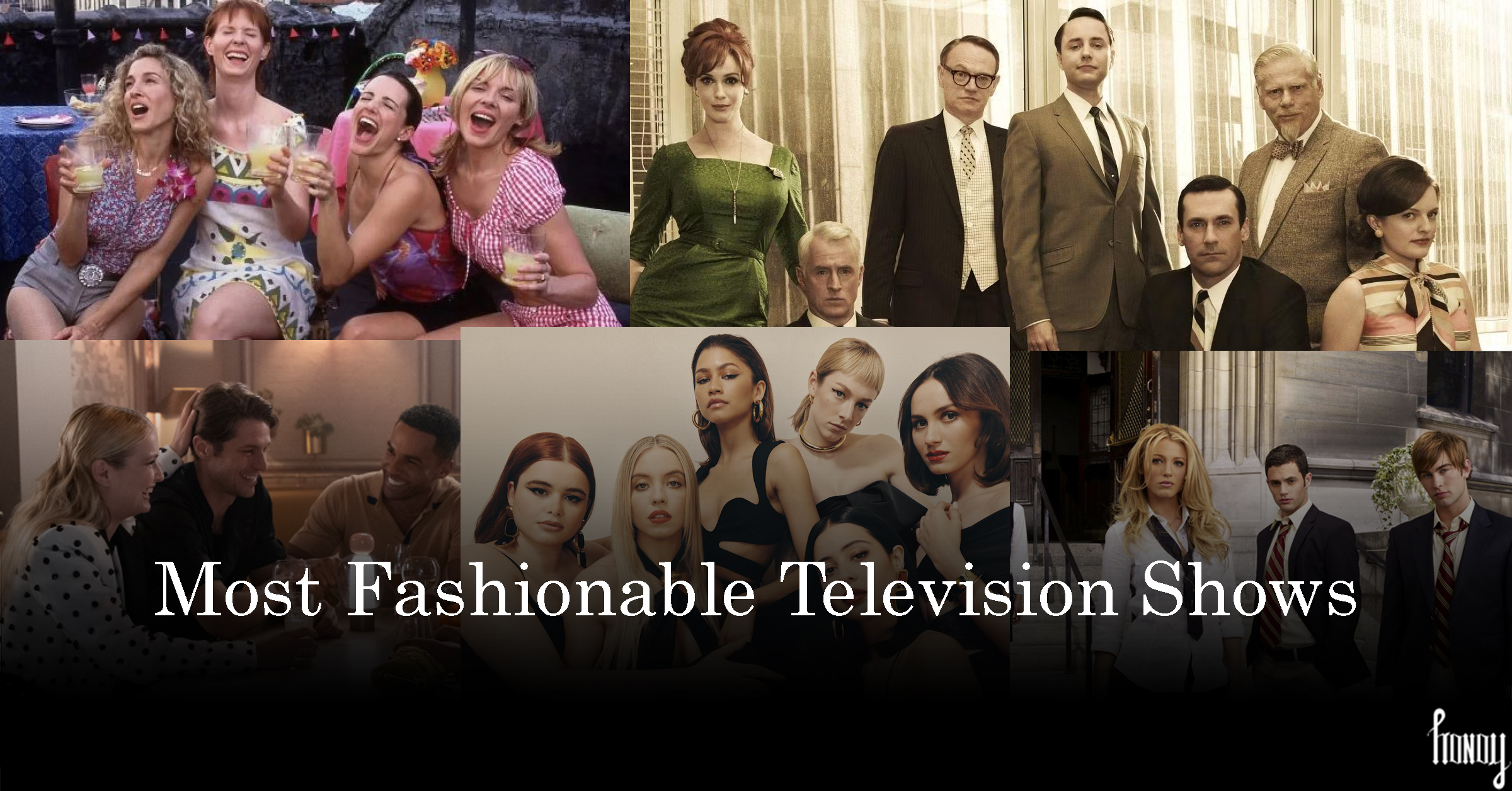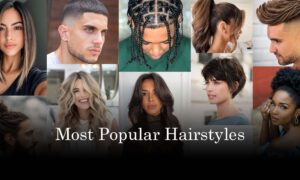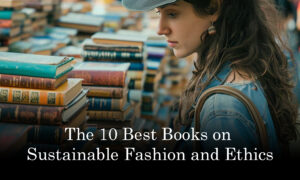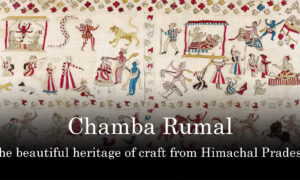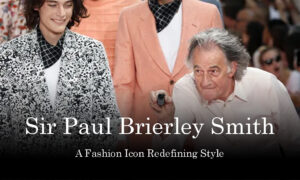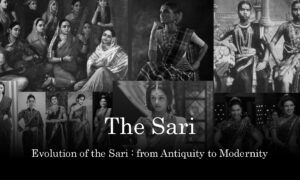Introduction
In American television series, the clothes characters wear aren’t just wardrobe choices—they’re visual storytelling tools. From the sharp shoulder pads of 1980s power suits to the glittering chaos of Gen Z glam, fashion on TV tells us who a character is before they even speak. It defines eras, reflects social change, and sometimes, even starts global trends.
Think about it: Could Carrie Bradshaw be the same without her Manolos? Could Don Draper command the same respect without his perfectly tailored suits? From subtle style shifts in a character arc to scene-stealing outfits that define entire shows, costume design is a language—and it speaks volumes.
Television series fashion has come a long way. In the mid-20th century, shows like I Love Lucy (1951) and Bewitched (1964) used fashion to portray idealized femininity and domestic life. The 1970s and ’80s brought bolder, more expressive styles with Charlie’s Angels and Dynasty, where shoulder pads, sequins, and power dressing reigned. The ‘90s introduced iconic casual looks in Friends, while the 2000s gave rise to aspirational fashion dramas like Sex and the City and Gossip Girl that made designer labels part of the plot.
In recent years, costume design has evolved into something even more complex: a medium for emotional expression, identity politics, and cultural commentary. Shows like Euphoria don’t just follow trends—they spark them, offering fashion that reflects the messy, vibrant, multi-layered identities of today’s youth.
What Makes the Fashion of an American Television Series Memorable
To curate this list, we looked beyond just beautiful clothes—we focused on cultural impact, asking whether a show influenced real-world fashion trends or inspired collaborations with major brands. We examined styling innovation, assessing if a series pushed creative boundaries or introduced a fresh aesthetic. Another key factor was character development through wardrobe—did the clothing deepen the story, reflect emotional arcs, or express identity? We also considered longevity and relevance, meaning whether the show’s looks still resonate with audiences today, years after airing. Finally, we weighed fan engagement, measuring how passionately viewers continue to talk about, recreate, and share these iconic outfits across social media and pop culture platforms.
From retro elegance to glitter-fueled Gen Z rebellion, these shows didn’t just entertain—they styled generations. Let’s dive into the top 5 American television series where fashion didn’t just play a supporting role—it stole the show.
Behind the Scenes/How It Works
Behind every iconic television series look is a team of professionals who make it all happen—costume designers, stylists, buyers, tailors, and occasionally even fashion historians. The process starts in pre-production, where costume designers collaborate closely with the show’s directors, writers, and sometimes actors to build a visual language for each character. They create “style bibles” that include color palettes, textures, silhouettes, and mood boards that reflect each character’s personality, emotional arc, and socio-cultural background.
For period dramas like The Marvelous Mrs. Maisel or Bridgerton, this process is even more research-intensive, often involving historical references and vintage sourcing. Once the concept is finalized, garments are either pulled from costume houses, sourced from fashion brands, or custom-made in-house by seamstresses and tailors.
In many high-profile productions, fashion outsourcing plays a critical role. Costume departments often partner with fashion stylists, PR showrooms, and luxury designers to borrow or rent items for specific episodes—especially when a character’s wardrobe requires statement pieces or on-trend looks. For example, Sex and the City‘s Patricia Field famously sourced couture items directly from designers and showrooms to keep Carrie Bradshaw’s style fresh and editorial.
Some productions even work with stylists who have fashion industry connections to secure exclusive or early-release pieces. Outsourcing can also involve renting wardrobes from large-scale costume rental warehouses like Western Costume Company in Los Angeles or Angels Costumes in London. This hybrid model—part creative vision, part logistics and partnerships—ensures that television series fashion is not only character-accurate but also influential and aspirational for audiences around the world.
1. Sex and the City (1998–2004)
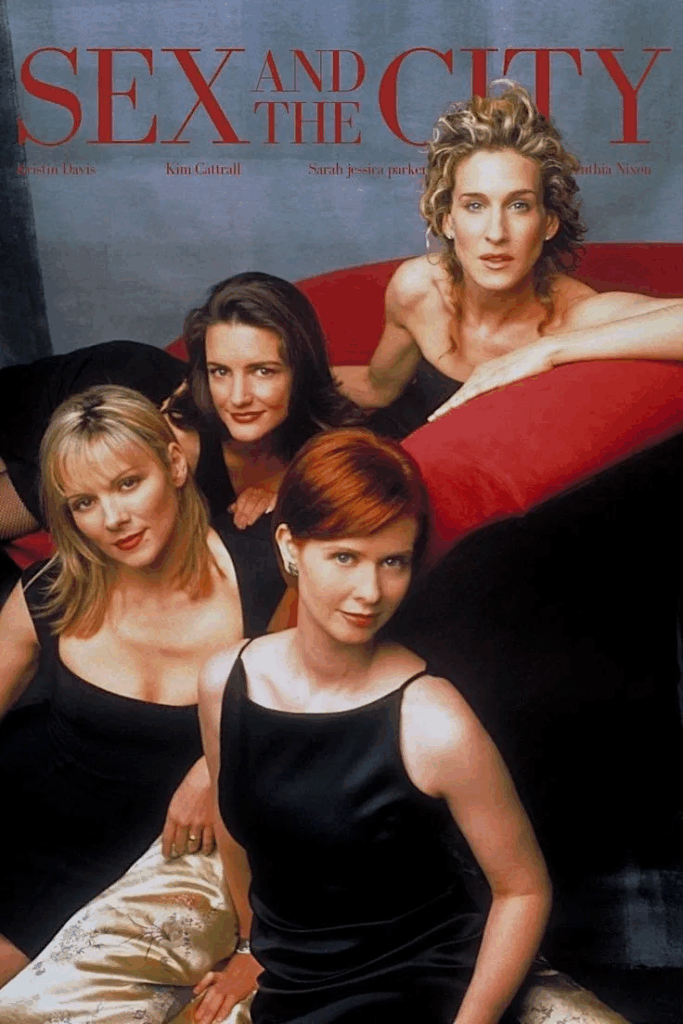
Fashion Vibe: Bold, eclectic, unapologetically feminine
Iconic Character: Carrie Bradshaw (Sarah Jessica Parker)
Stylist: Patricia Field
Why It Slays:
Carrie Bradshaw’s wardrobe is a shrine to high fashion and personal expression. From Manolo Blahnik heels to vintage tutus, Sex and the City turned New York’s sidewalks into a runway. It wasn’t just about looking good—it was about making fashion a part of your identity.
Impact: Sales of Manolo Blahnik shoes reportedly surged after being frequently featured on the show. Vintage stores saw an uptick in foot traffic, and the tulle skirt became a must-have.
Most Iconic Look: Carrie’s white tutu + pink tank top from the opening credits.
“I like my money right where I can see it—hanging in my closet.”
— Carrie Bradshaw
2. Gossip Girl (2007–2012, reboot in 2021)

Fashion Vibe: Luxe prep, high school couture
Iconic Characters: Blair Waldorf (Leighton Meester), Serena van der Woodsen (Blake Lively)
Costume Designer: Eric Daman
Why It Slays:
Upper East Side teens never looked this good. Blair’s preppy-chic headbands, tights, and polished coats stood in contrast to Serena’s bohemian-glam, creating a fashion dichotomy that viewers adored. Brands like Ralph Lauren, Marc Jacobs, and Chanel filled their wardrobes.
Impact: Searches for “headbands” tripled in the show’s early seasons. WWD credited Gossip Girl with reviving interest in school-uniform fashion and “ladylike” trends.
Most Iconic Look: Blair’s red coat and structured handbag in Season 1—elegant, commanding, unforgettable.
3. Euphoria (2019–present)
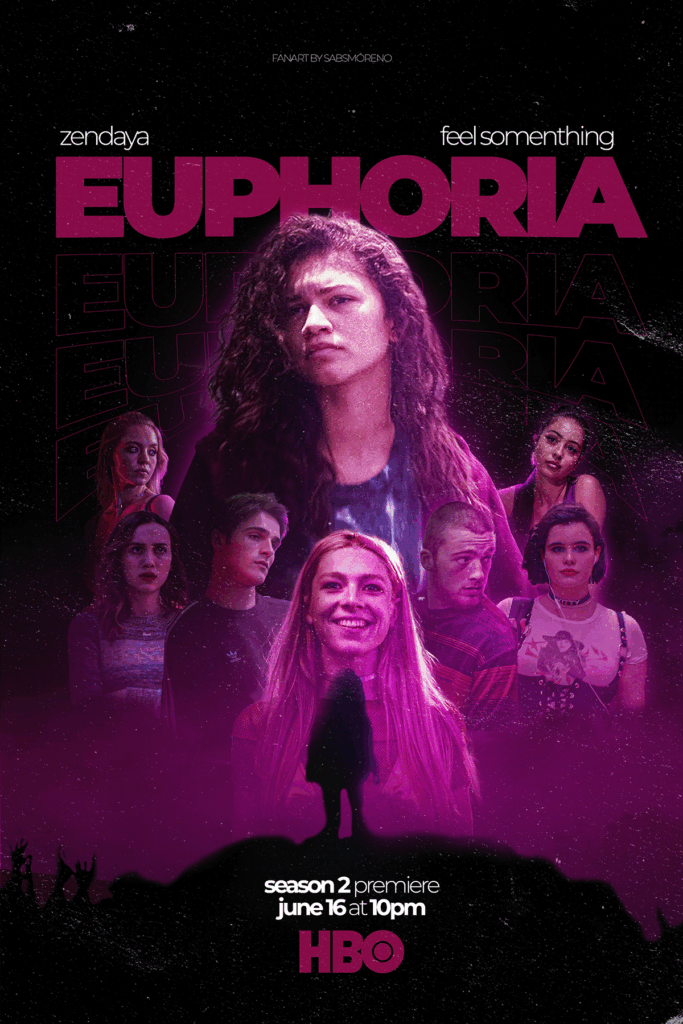
Fashion Vibe: Gen Z glam, emotional dressing, glitter meets grunge
Iconic Character: Maddy Perez (Alexa Demie)
Stylist: Heidi Bivens
Why It Slays:
Euphoria reinvented the way Gen Z sees fashion. Each character’s style represents their mental and emotional state—Maddy’s confidence shines through bodycon dresses and sharp eyeliner, while Rue’s oversized hoodies tell a different story. The show made makeup part of the outfit.
Impact: According to Lyst, searches for “cutout dresses” spiked by 112% after Maddy’s New Year’s Eve outfit aired. The hashtag #euphoriafashion has over 150M views on TikTok as of 2024.
Most Iconic Look: Maddy’s cutout black I.AM.GIA dress in Season 2—confidence and chaos in one unforgettable outfit.
4. Mad Men (2007–2015)

Fashion Vibe: Mid-century elegance, sharp tailoring, vintage glam
Iconic Characters: Don Draper (Jon Hamm), Joan Holloway (Christina Hendricks), Betty Draper (January Jones)
Costume Designer: Janie Bryant
Why It Slays:
Mad Men transported us to the 1960s with impeccable detail. Pencil skirts, cinched waists, and sharp suits defined the era’s sophisticated aesthetic. Joan’s curve-hugging dresses and Don’s timeless suits made retro irresistible again.
Impact: Banana Republic launched a Mad Men-inspired collection in 2011. Vintage and retro fashion sites saw a 27% increase in searches between 2009–2012.
Most Iconic Look: Joan’s emerald-green fitted dress paired with a gold pen necklace—power dressing, vintage-style.
5. Emily in Paris (2020–present)
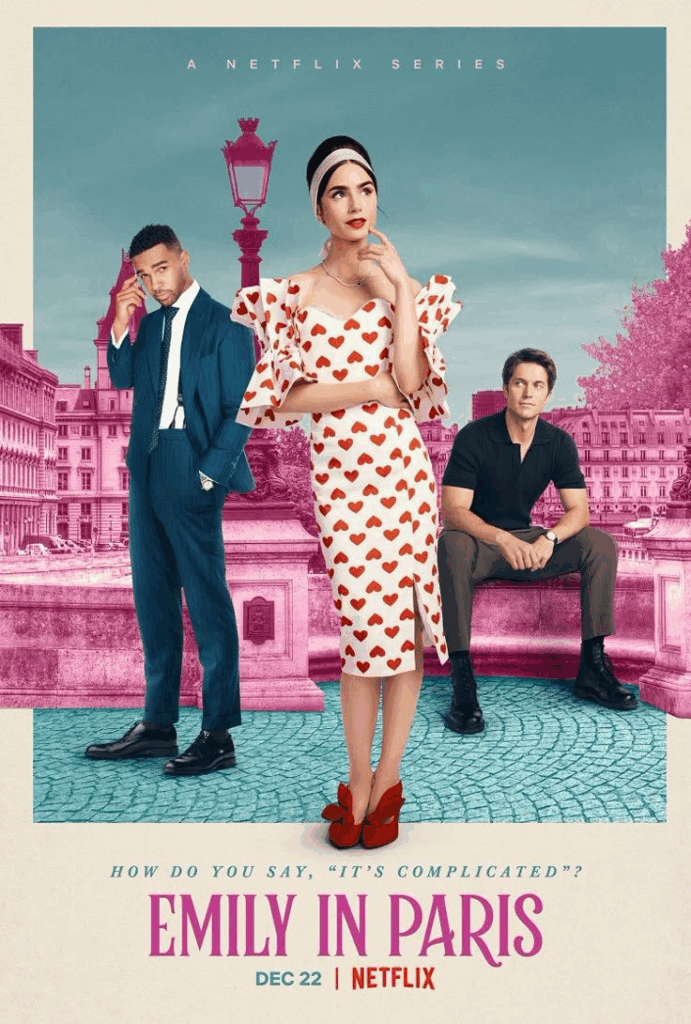
Fashion Vibe: Instagram-worthy Euro-chic meets American enthusiasm
Iconic Character: Emily Cooper (Lily Collins)
Stylist: Patricia Field (again!) and Marylin Fitoussi
Why It Slays:
A love letter to bold colors, designer labels, and whimsical layering. Emily might not always get French fashion rules right, but her wardrobe is a fearless mix of prints, luxury, and fun. Balmain blazers, Chanel bags, and Louboutin shoes are her go-tos.
Impact: After Season 1, Emily in Paris led to a 34% increase in online searches for bucket hats, and colorful bags saw a 45% jump. Brands worn by Emily saw direct boosts in traffic and sales.
Most Iconic Look: Emily’s neon-green trench paired with a checkered bucket hat—a color-pop rebellion against Parisian minimalism.
Conclusion
Fashion on television series is more than eye candy—it’s a mirror to culture, identity, and storytelling. From the timeless elegance of Mad Men to the glitter-fueled rebellion of Euphoria, each of these shows has done more than just dress its characters—they’ve shaped how entire generations think about style. These top 5 picks didn’t just set trends; they made fashion history by weaving personality, narrative, and visual impact into every outfit.
Television series are no longer just a medium for storytelling—it’s a catwalk of ideas, identities, and aspirations. Whether you’re channeling Blair Waldorf’s polished prep, Maddy Perez’s daring confidence, or Carrie Bradshaw’s fearless flair, the influence of these shows extends from the screen to closets around the world. As fashion continues to evolve, so will the stories we tell with what we wear—and television series, as always, will be right there, leading the way in heels, hoodies, and everything in between.
So, the next time you’re binge-watching your favorite television series, take a moment to appreciate the clothes—they might just be telling the most important story of all. Which show do you think deserves a spot on the most fashionable list? Drop your favorites in the comments and let’s keep the fashion conversation going!


